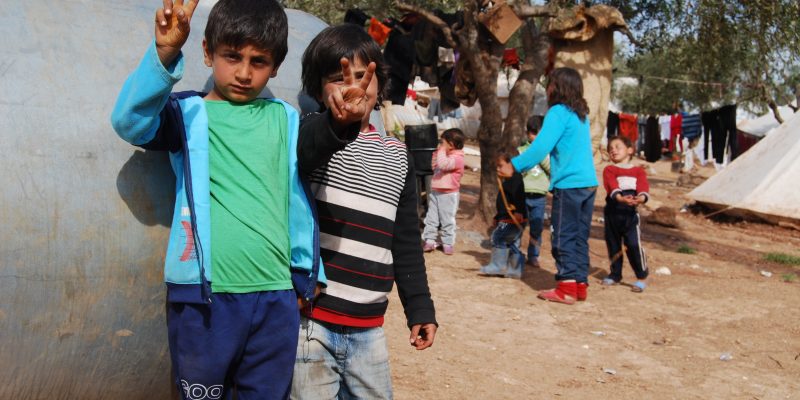1. How Europe is keeping refugees hostage in Idomeni
Annalisa Camilli brings us to Idomeni. Here, in the largest refugees camp in Greece –defined “the Dachau of our time” by the Greek Minister of Interior Affairs Panagiotis Kouroublis – more than twelve thousand people (the 40% of which being children) have been living in the mud for months: an humanitarian emergency caused by the schizophrenia of European governments and their immigration policies.
2. Lampedusa: “let us leave this prison”
Circa 70 refugees came out on the streets in Lampedusa to demand to be enabled to finally leave the island where they have been blocked for months. They also started an hunger strike against forced identifications and the hotspot system. Giacomo Zandonini writes for Repubblica about the tense situation on the little Sicilian island.
3. Protests against the Brenner wall
The Austrian idea of a wall on the Brenner to control the flow of migrants arriving from Italy has been heatedly debated. After last week’s meeting with German chancellor Angela Merkel, Italian Prime Minister Matteo Renzi reaffirmed the clear opposition to the project by both governments. In the meantime, at the border between Italy and Austria, the tension led to confrontations between the 100 of no-borders protesters and the police forces.
4. One in four refugee children comes to Europe alone
In 2015, 368.000 children applied for asylum in Europe – the majority being Syrians, Afghans and Iraqis. About one quarter of these children – slightly less than 90.000 – were unaccompanied. To be clear: last year, an average of 10 little refugees arrived without parents every single hour. The Guardian tries to sum it up: where they came from, where did they end up?
5. Cameron’s U-turn on welcoming refugee children in the UK
After the heated controversy on the English Parliament’s decision to reject the amendment that would allow 3.000 unaccompanied Syrian children to come in the United Kingdom, Prime Minister Cameron took an unexpected stand on the matter. He indeed stated his willingness to welcome a greater (if unspecified) number of refugee children without parents. This is certainly a good news – but with some necessary caveats (by Nando Sigona).
Unpacking #Cameron's u-turn on #refugeechildren https://t.co/xy4LhwcXFb
— Nando Sigona (@nandosigona) May 5, 2016
6. Syria’s “lost generation”
An entire generation has been irretrievably affected by war and forced displacements. Vice’s report, together with Patrick Kingsley’s analysis for the Guardian, narrate the story of all the Syrian children fleeing war who had to give up childhood and education in order to survive.
7. Italy’s humanitarian corridors as a good practice for Europe
The humanitarian corridors made possible thanks to the Italian civil society –particularly thanks to the Italian Federation of the Evangelical Church and the Sant’Egidio Community, with the support of Otto per Mille Valdese – can and must be a model for Europe. In the meantime, 101 other Syrian and Iraqi refugees arrived safely in Italy thanks to this important initiative.
The infinitely moving nature of the #humanitariancorridors emerges in this brief video. _Staff pic.twitter.com/K4cG0qy31v
— Mario Giro (@marioafrica) May 5, 2016
8. How refugees are reviving dying Italian villages
While national governments from all over Europe deplore the unsustainability of migratory flows and consider border closures, a village in Calabria has a significantly different view on this issue. For the small village Riace, where the population was decimated in the 1990s, the flux of refugees is a valuable opportunity. To quote the mayor: “They are saving us from the disappearance”. Al Jazeera’s article.
9. The first American “climate refugees”
War is not the only reason for forced displacement: lack of water, pollution and climate change are indeed causing millions of new victims. Saskia Sassen already explained it in her brilliant analysis for Open Migration and now the issue is further investigated by this beautiful report by the New York Times.
10. How much does technology help refugees?
Facebook, Google Maps, Whatsapp, Viber. Smartphones are a fundamental tool for refugees travelling to Europe, linking them with their families, friends and co-nationals who have already embarked on the perilous journey and giving them access to crucial information (from the best access routes to the closer reception centres). But Internet does not always provide the right answer: quite on the contrary, it is becoming harder and harder to find reliable information online. Patrick Kingsley’s analysis for Wired.









